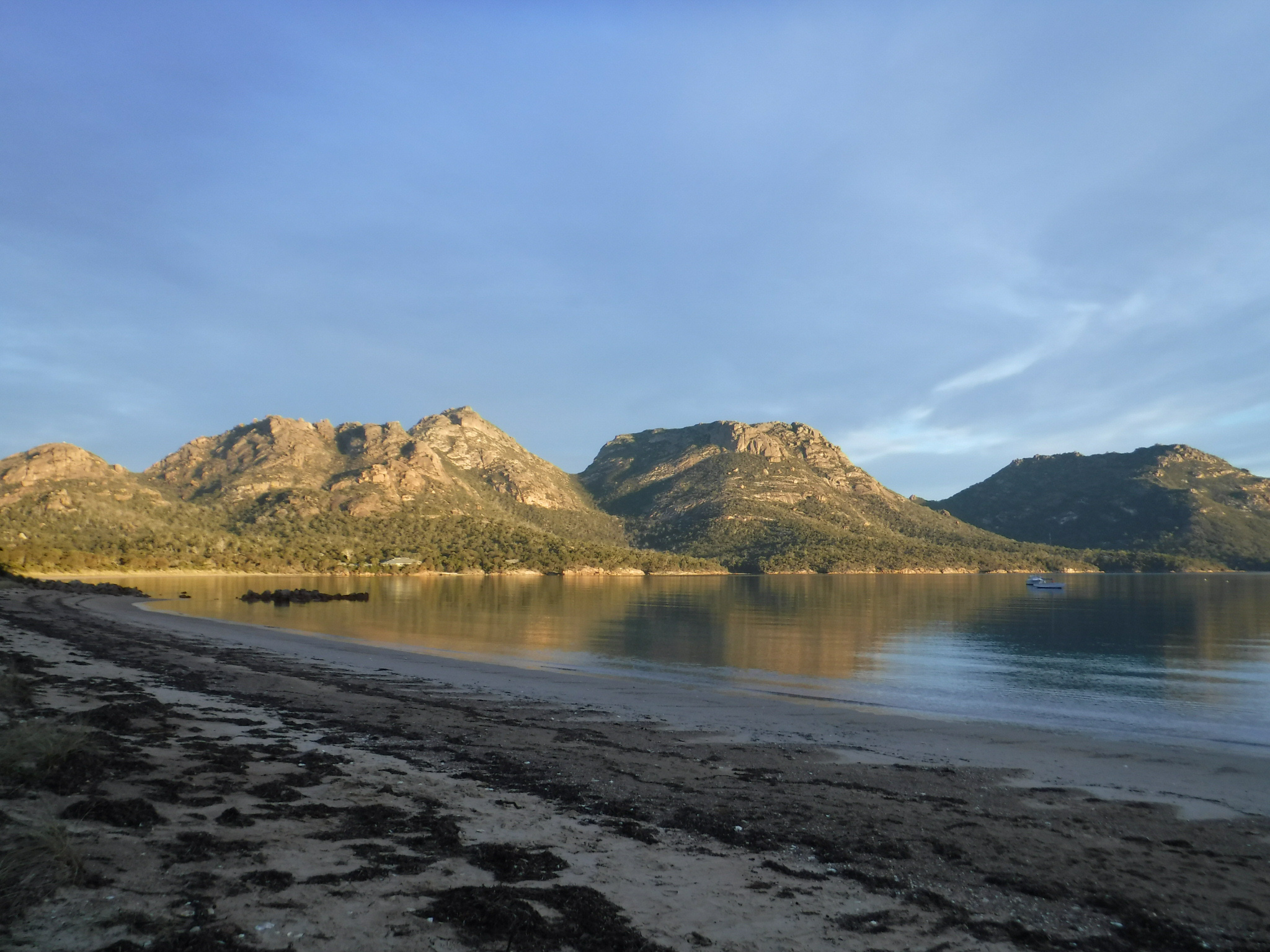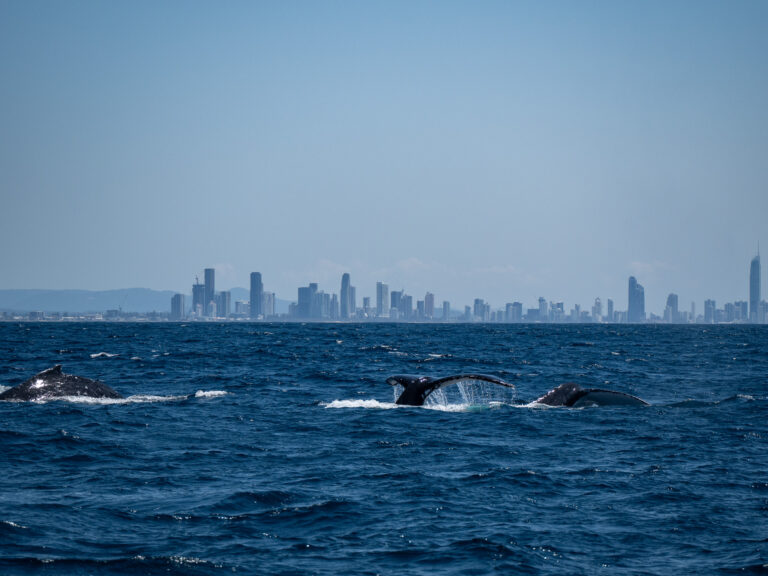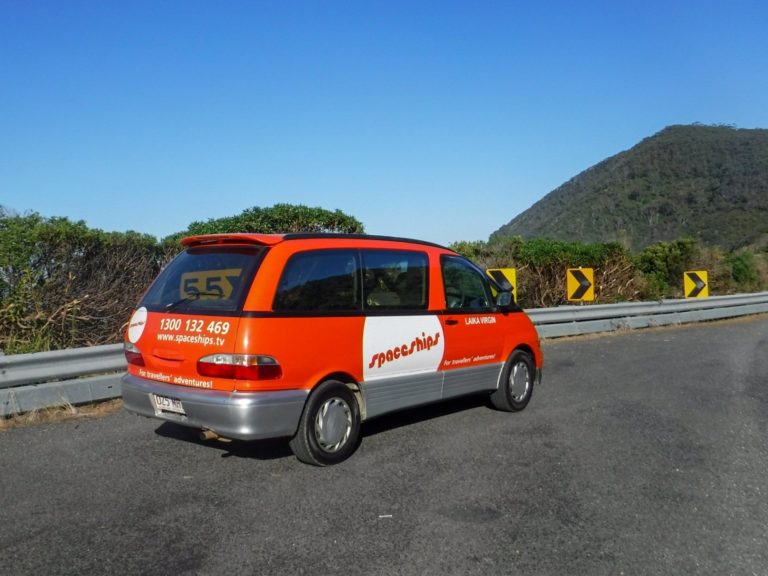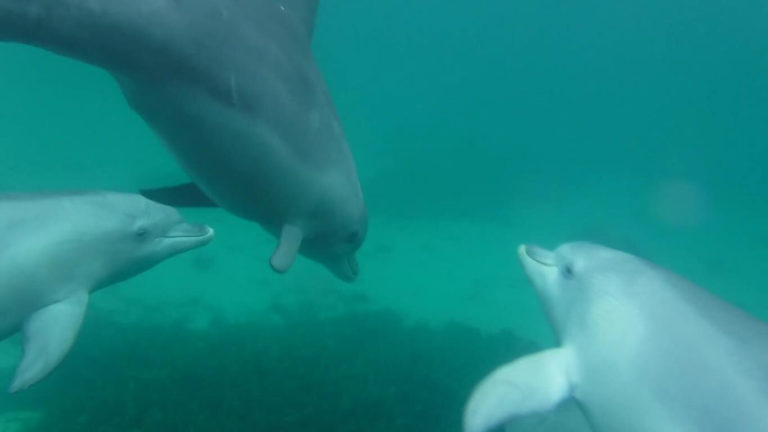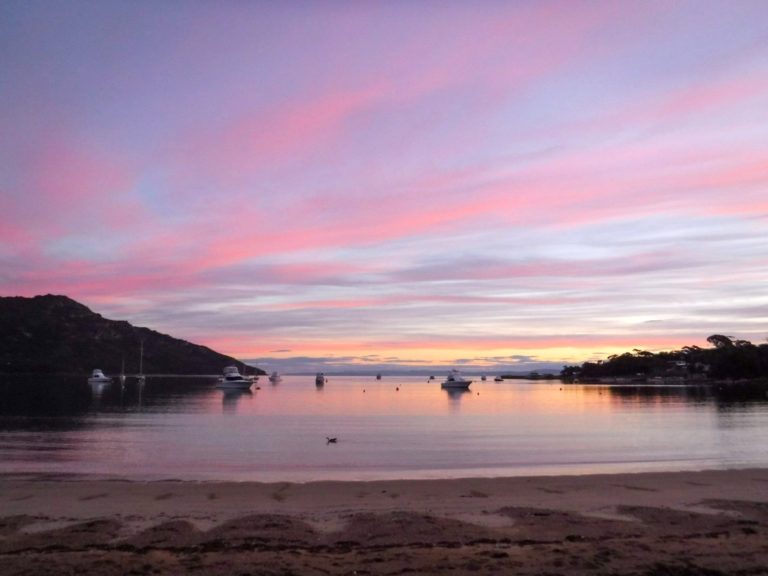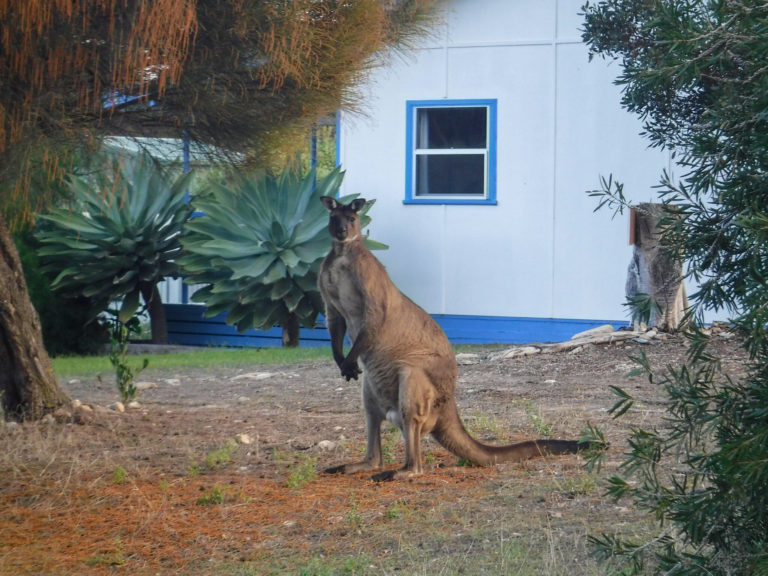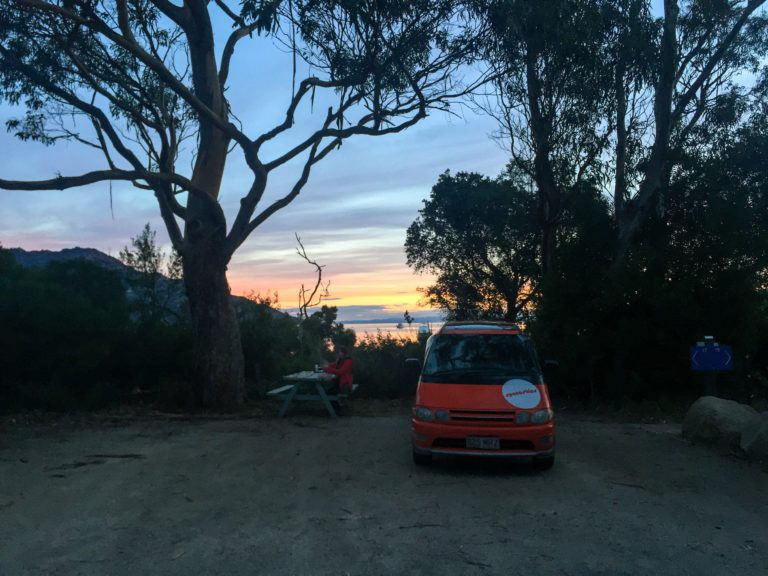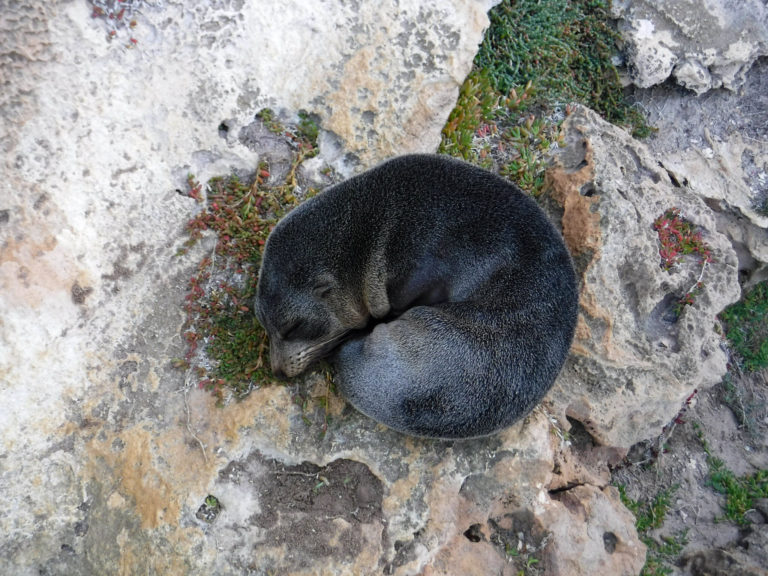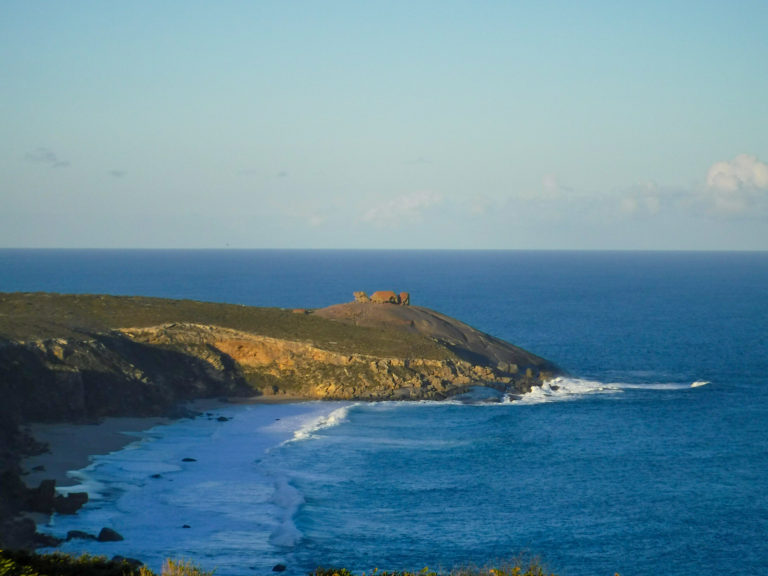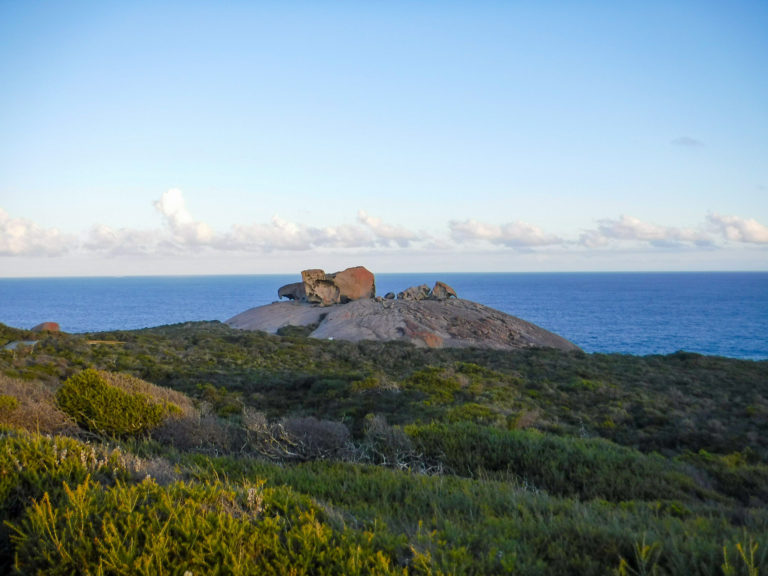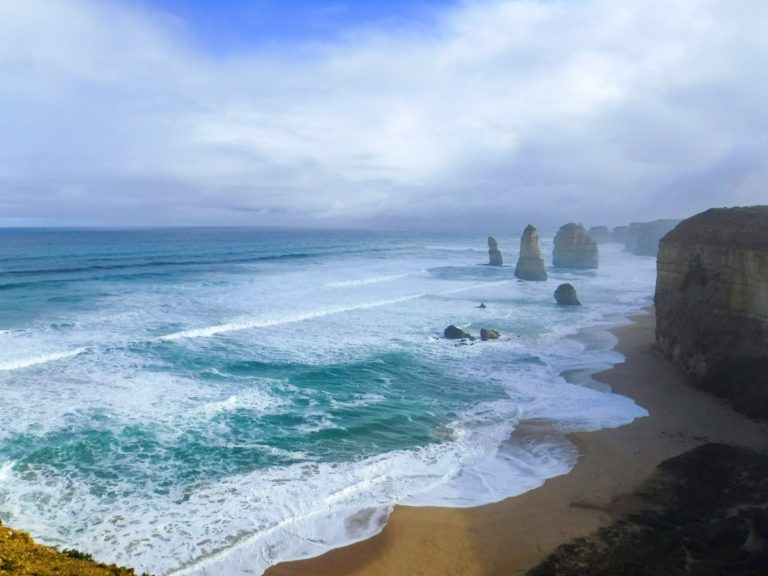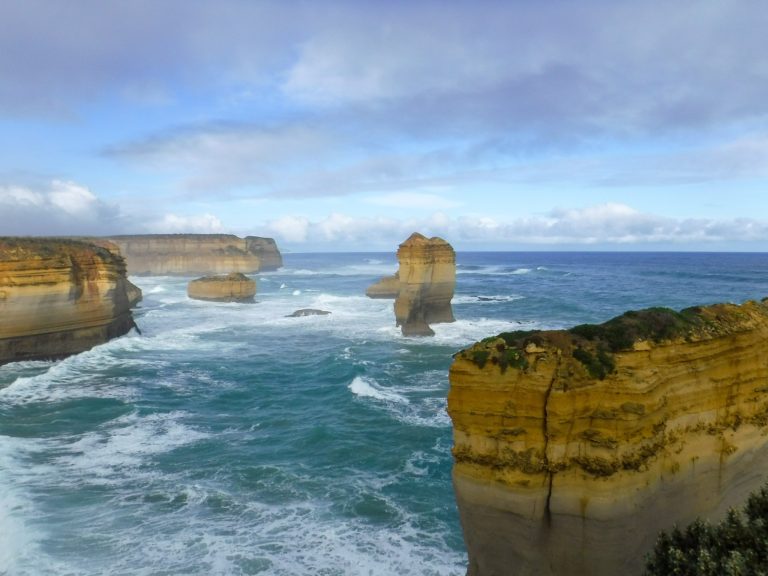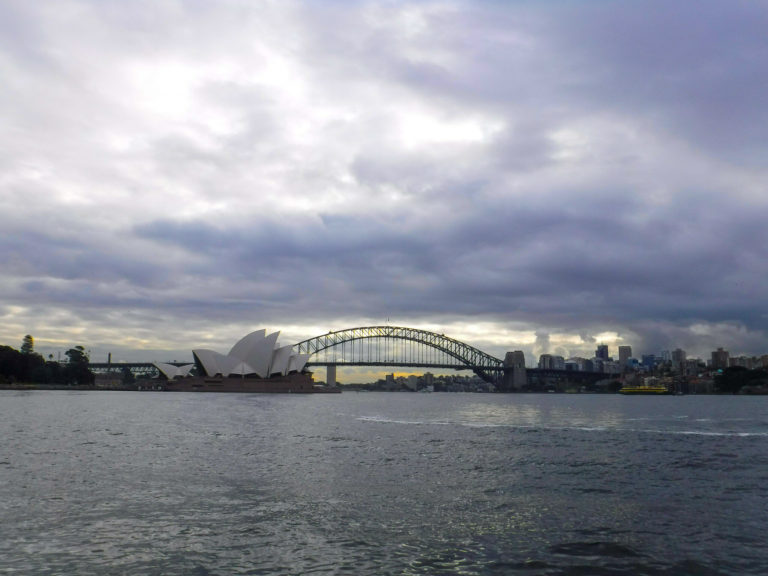The Thorough Guide to Tasmania’s Freycinet National Park
A complete guide to Tasmania’s Freycinet National Park, including what to do, where to stay, hiking trails, camping spots and more!
(Updated 2024)
This post may contain affiliate links, which means we might earn a small commission on anything purchased through these links at no extra cost to you. Learn more on our Disclaimer page.
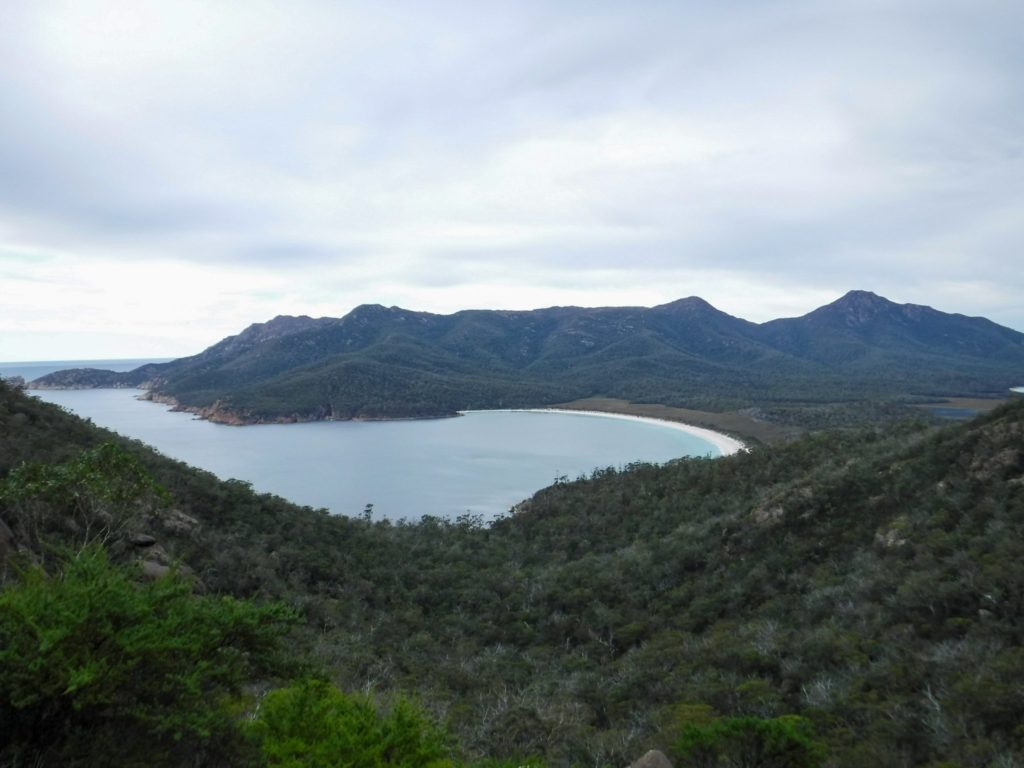
Located on the east coast of Tasmania, Freycinet National Park is a place of wild beauty and one of the most incredible places on earth. The Freycinet Peninsula formed over 400 million years and is effectively split into two areas, the Hazards and the peninsula of Mount Graham and Mount Freycinet, which are connected by the sand isthmus that forms Wineglass Bay. Named after the French explorer Louis de Freycinet who sailed through the area in around 1800, the park overlooks the Tasman Sea and features dreamy beaches and rugged coastline.
Start your journey at the Freycinet National Park Visitor Centre, which is located within the main entrance to the park and contains creative and informative displays, as well as a shop and outdoor theatre at the park entrance with electric barbecues, picnic tables, water and toilets. The centre is open daily from 08:00-17:00 between November-April and 09:00-16:00 between May-October. Seasonal activities are run during peak seasons, including guided walks and presentations.
Time needed: 7-14 days
When to go: Between December and February for sunny weather
Weather: Averages of 0°C-10°C in the Winter and 15°C-22°C in the Summer
Language Spoken: English
Currency: Australian Dollar
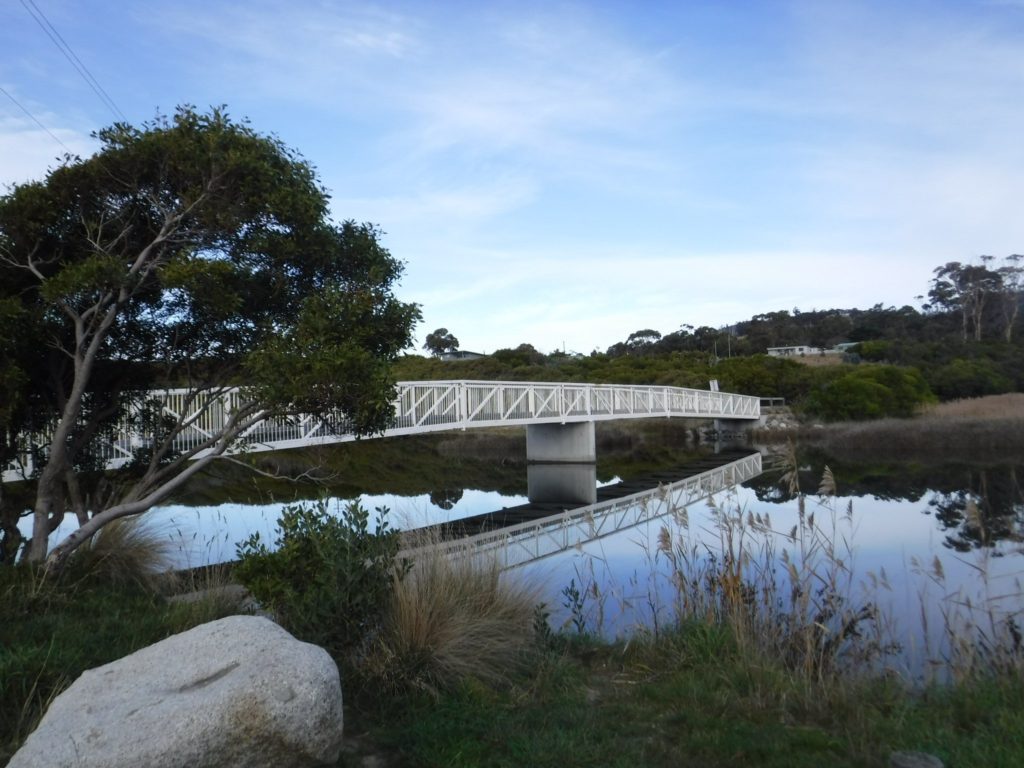
What is Freycinet National Park known for?
1) The Hazards
The Hazards are an impressive mountain range, which dominate Coles Bay in Freycinet National Park. The range is positioned between Coles Bay and Wineglass Bay and visible from afar due to the sheer size of the mountains. They are said to be named after local whaler, African-American Captain Richard Hazard.

2) Coles Bay
Coles Bay is a popular holiday town and the gateway to Freycinet National Park. Framed by the rugged pink-hued granite peaks of the Hazards and the sheltered waters of Great Oyster Bay, this is the perfect base to explore one of the world’s most beautiful parks.
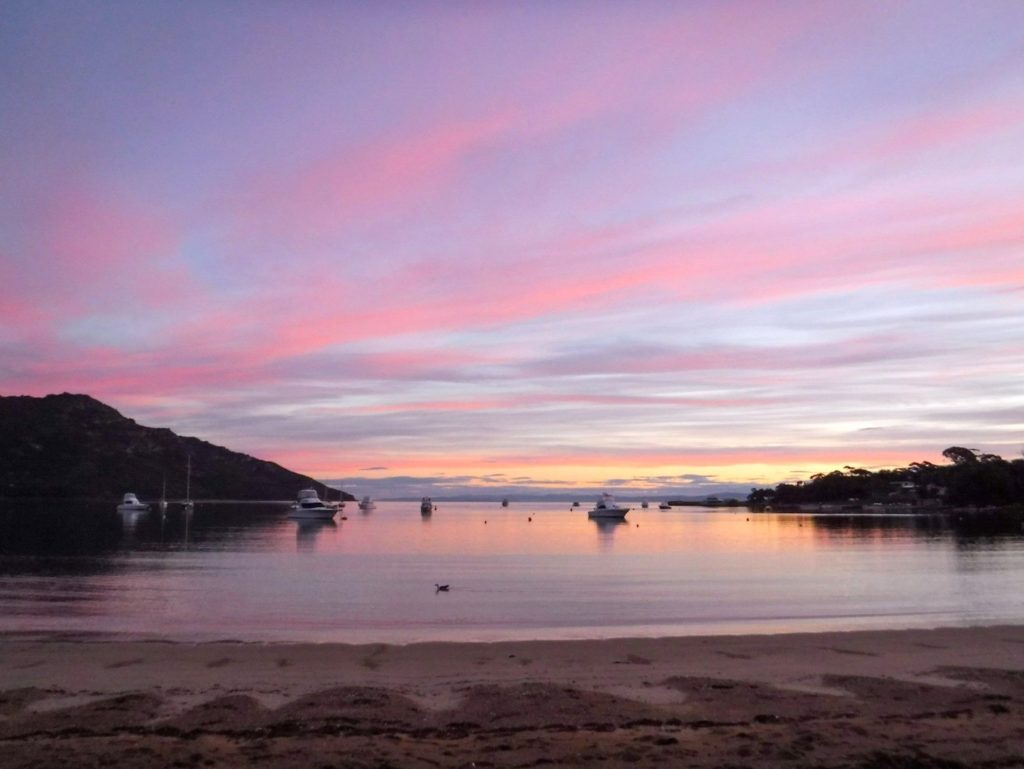
3) Wineglass Bay
One of Tasmania’s most iconic views, Wineglass Bay is a curvaceous white beach with crystal-clear waters. You can climb to Wineglass Bay Lookout for this incredible view or hike over to the bay itself. If you’re really lucky you might see whales or dolphins in the bay too!
How long is the walk to Wineglass Bay? It’s a 1.5-2 hour return journey to visit the lookout and 3-3.5 hour return journey to visit the bay. The route is a little steep but there are abstract-designed resting seats along the way for stops. This walk is best done in the early morning and late afternoon as it is a popular route and can get quite busy. You can find out more about hiking in Freycinet National Park later in this article.
One of the best ways to see Wineglass Bay is actually form the water. You an take a Wineglass Bay Cruise with Lunch from Coles Bay, which includes a scenic boat trip with views of sea caves, hidden coves and granite cliffs, as well as a delicious ploughman’s style lunch made with local ingredients. You’ll also have the opportunity to look for local wildlife, including sea birds, penguins, dolphins, seals and whales.

4) Mount Amos
Mount Amos is part of the range of granite mountains, known as the Hazards and provides one of the more difficult walks in the park. The track to the summit is steep and strenuous and takes approximately 2-3hrs to complete, but hikers are rewarded with stunning panoramic views. This walk is not recommended for the elderly or young children and walkers should be equipped with robust walking shoes or boots.
Where is Freycinet National Park?
Freycinet National Park is located on the Freycinet Peninsula, a peninsula which extends south into the Tasman Sea from the central east coast. The peninsula measures about 14 miles (23 km) long and 4 miles (6.5 km) wide and rises to a high point at Mount Freycinet. The easiest way to get to Tasmania is to take the Spirit of Tasmania ferry from Melbourne to Devonport. You can book as a foot passenger, or bring your own car from the mainland.
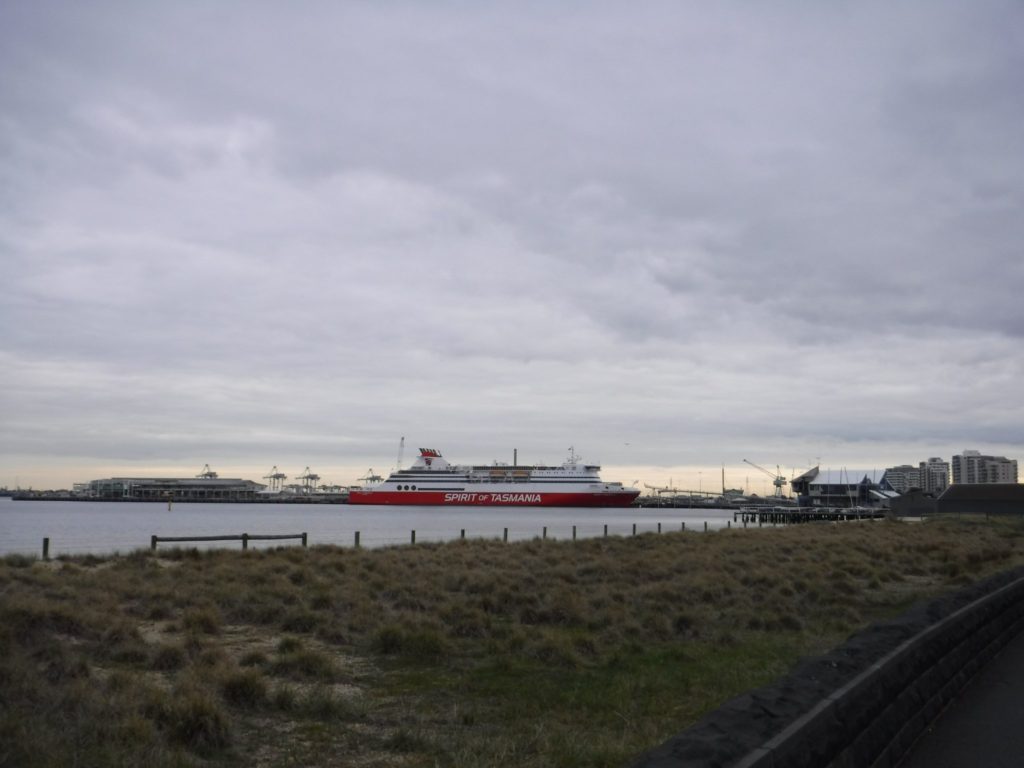
Interactive Tasmania Map
Use the filters on the tab on the left hand side of the map to see attractions, accommodation, restaurants and more.
How to get to Freycinet National Park
Freycinet National Park is accessible as a day trip from most parts of the island. The park between 2 to 3 hours’ drive from Devonport, Launceston or Hobart. You can also access Freycinet National Park by public transport. Calows Coaches’ timetable and website has information on how to reach Freycinet National Park by bus.
- Directions to Freycinet National Park from Hobart:
To get to Freycinet National Park by car, follow the Tasman Highway (A3) north from Hobart. Turn onto the Coles Bay Road (C302) and follow it until you reach the park entrance. The turning is 7.5 miles (12km) south of Bicheno. The journey to Freycinet National Park from Hobart takes around 2 1/2 hours.
- Directions to Freycinet National Park from Devonport:
If you’re coming from Devonport, follow the Midland Highway (1) for about 2 hours (about 95 miles / 152km), bypassing Launceston on the B52. At Campbell Town, turn left onto Lake Leake Highway (B34) until you hit the Tasman Highway (A3). Turn left, following the A3 north until you reach the turning onto Coles Bay Road (C302) , which will take you to the park entrance. The journey to Freycinet National Park from Devonport takes around 3 hours.
- Directions to Freycinet National Park from Launceston:
From Launceston, follow Midland Highway (1) to Campbell Town, then follow the instructions from Devonport, above. The journey to Freycinet National Park from Launceston takes just over 2 hours.
If you don’t have your own transport, you should consider joining a guided tour to Freycinet National Park.
From Hobart, you can join a guided tour to the Wineglass Bay Lookout Hike with opportunity to see Cape Tourville Lighthouse and Honeymoon Bay.
A similar guided tour runs from Launceston, visiting Wineglass Bay Lookout and stopping at Campbell Town and the Convict Brick Trail on the way.
If you want more time to explore, consider taking a multi-day tour to Freycinet National Park.
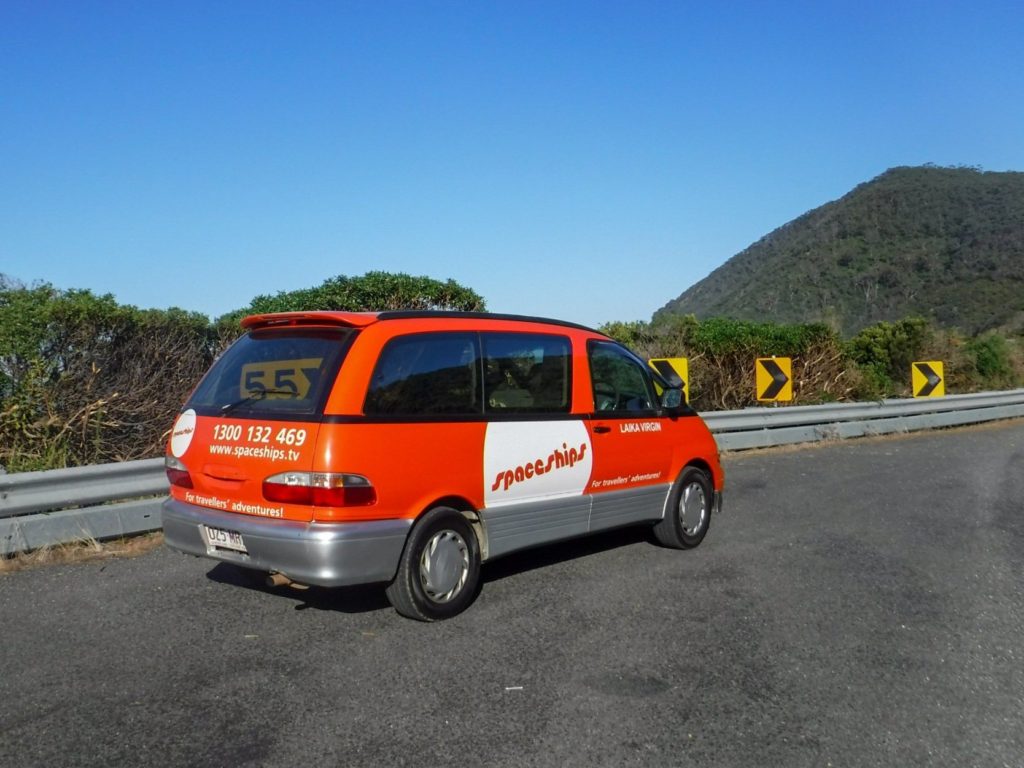
Looking for affordable accommodation with the freedom of having your own car?
Consider hiring a Spaceships Camper-Car! Each car comes fully equipped with all the living, cooking and sleeping facilities you need, plus you get unlimited kilometres, no one-way fees, free after-hours pick-up & drop-off service and 24-hour roadside service! Not only is it a bucket list experience to camp in Australia’s countryside, but a Spaceship is a great budget-friendly option for adventurers too. Pick up and drop off at Melbourne or Hobart to see the best that Tasmania has to offer.
The best multi-day tours to Freycinet National Park
To really see all that Freycinet National Park has to offer, we’d recommend taking a multi-day tour with Freycinet Experience Walk. This 4-Day Guided Freycinet National Park Tour includes round-trip transportation from Hobart, 3 nights accommodation at the secluded Friendly Beaches Lodge, your National you’ll hike some of the most scenic trails in Tasmania, as well as taking two boat trips, one to Schouten Island and one along the Peninsula. You’ll also have access to knowledgeable local guides and equipment including daypacks and waterproof jackets.
Book a 4-Day Guided Freycinet National Park Tour from Hobart here!
Alternatively, you can include a visit to Freycinet National Park in a multi-day tour that explores more of Tasmania. Consider these popular tours with Under Down Under, a local company who are certified as an Advanced Ecotourism Operator.
5-Day Tasmania West & East Coast Tour
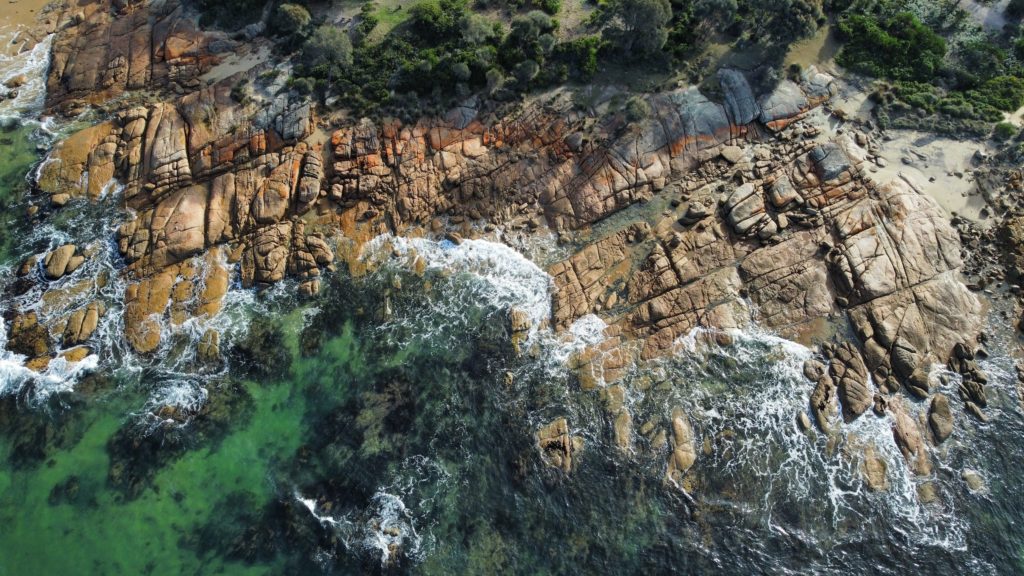
Hiking in Freycinet National Park
There are lots of walks to choose from across the park, all with varying degrees of length and difficulty. Be sure to be properly packed and prepared for the routes you choose.
Easy
- Wineglass Bay
Length: 9.2 km
Elevation gain: 413 m
Route type: Out & back
- Wineglass Bay Lookout
Length: 2.9 km
Elevation gain: 179 m
Route type: Loop
To learn more about Wineglass Bay as you hike, consider joining a guided walking journey with a local guide. You’ll hear local facts and stories as you traverse the spectacular Hazards mountain range, before boarding a Freycinet Aqua Taxi to see the bay from a different perspective.

- Cape Tourville Circuit
Length: 0.6 km
Elevation gain: 25 m
Route type: Loop
- Honeymoon Bay to Parsons Cove
Length: 6.3 km
Elevation gain: 132 m
Route type: Out & back
- Friendly Beaches Walk
Length: 14.6 km
Elevation gain: 208 m
Route type: Out & back
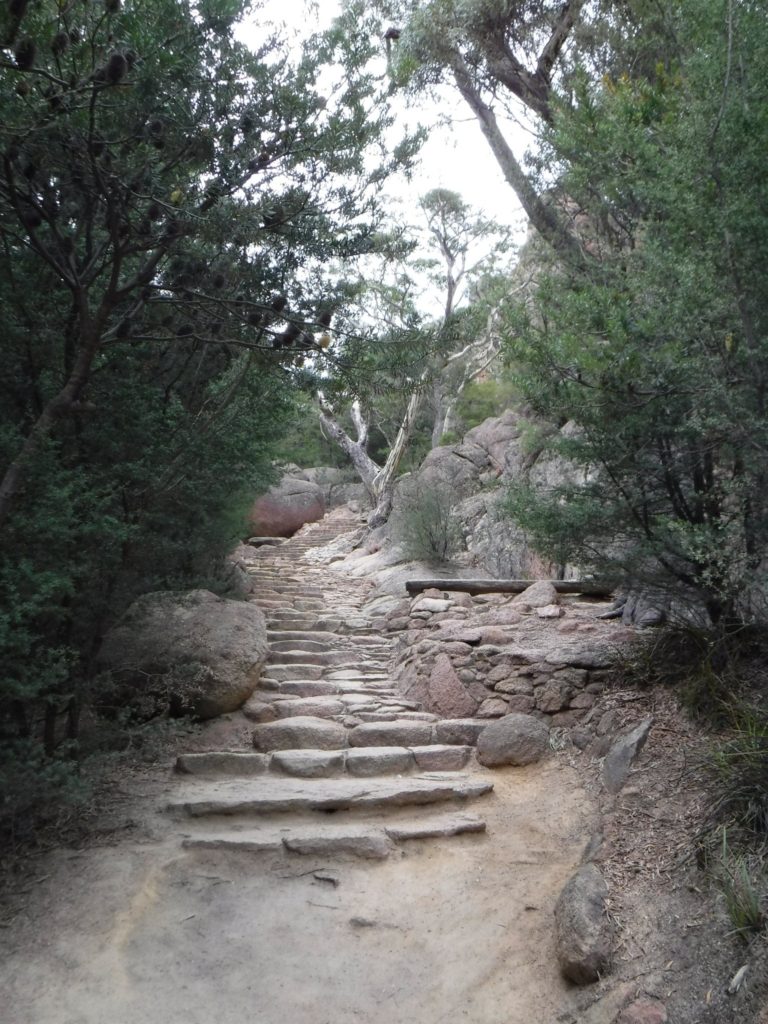
Moderate
- Freycinet Peninsula Circuit
Length: 28.5 km
Elevation gain: 1,109 m
Route type: Loop
- Wineglass Bay and Hazards Beach
Length: 11.6 km
Elevation gain: 348 m
Route type: Loop
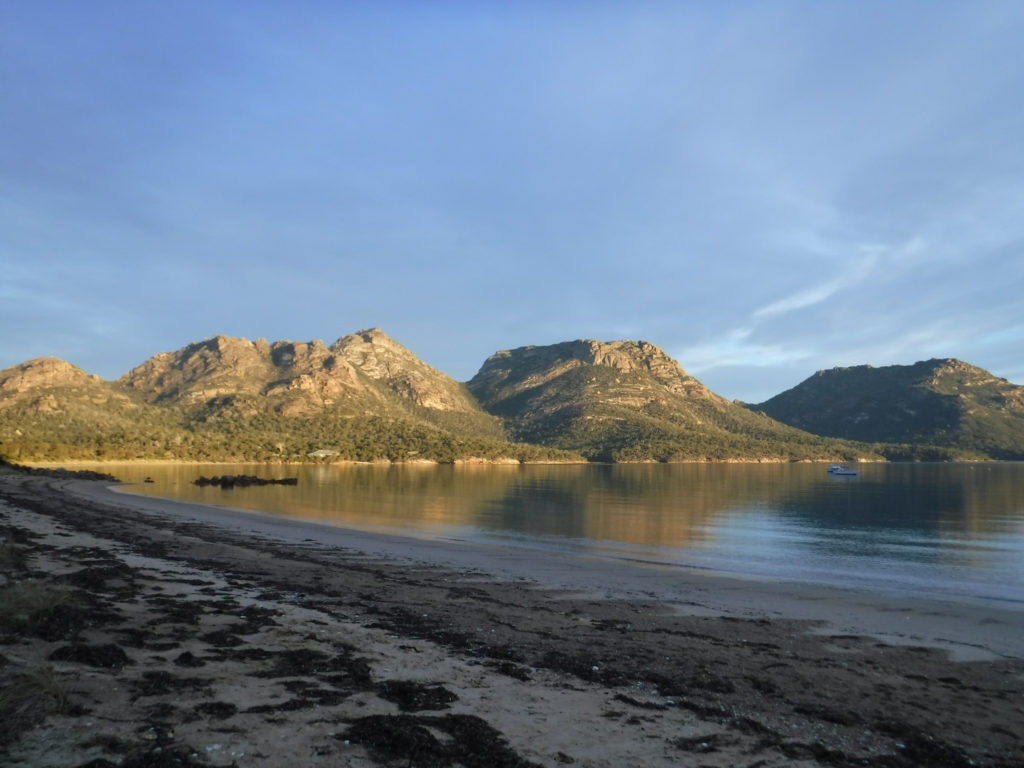
- Freycinet Peninsula Loop via Bryans Corner
Length: 36.7 km
Elevation gain: 1,264 m
Route type: Loop
- Coles Bay Ride
Length: 32.7 km
Elevation gain: 939 m
Route type: Loop
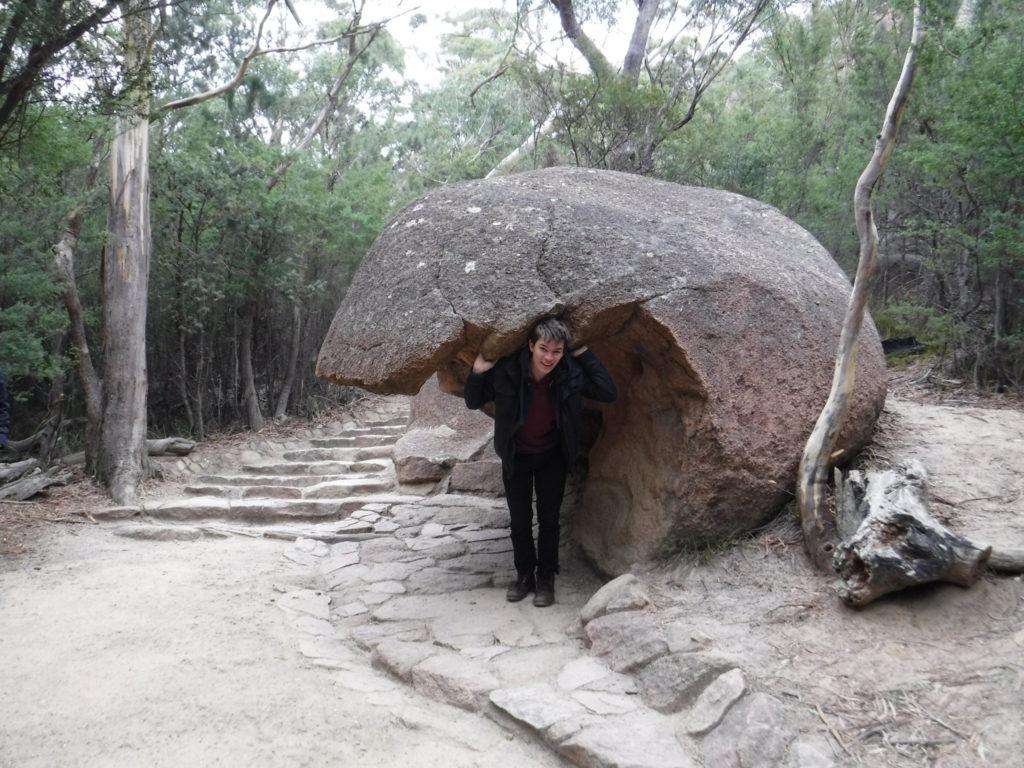
Difficult
- Wineglass Bay and Hazards Beach
Length: 19.8 km
Elevation gain: 1,084 m
Route type: Out & back
- Mount Amos
Length: 4.0 km
Elevation gain: 395 m
Route type: Out & back
Map of Freycinet National Park Walking Trails (All Trails)
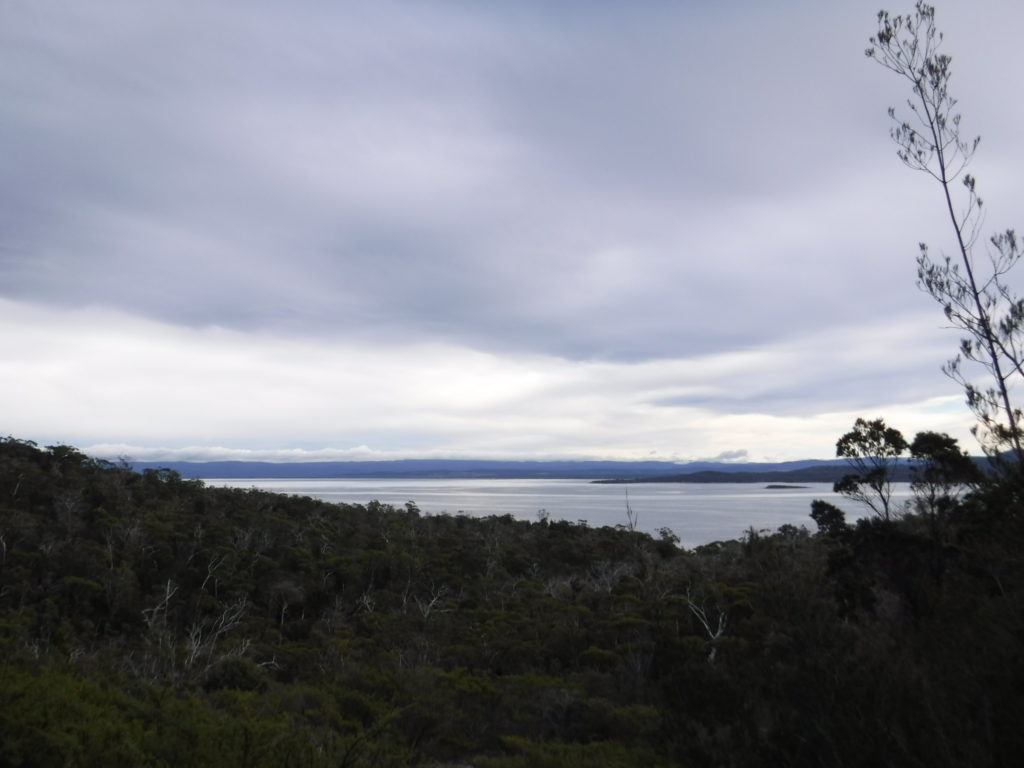
Activities in Freycinet National Park
There are lots of other activities in Freycinet National Park that don’t require walking too!
Underwater
There are places around Freycinet National Park for all levels of snorkelers and scuba divers. Coles Bay, Sleepy Bay and Honeymoon Bay are good locations for beginners, and feature impressive rockpools and sheltered waters. Remember to leave these places as you found them and beware of local guidelines and rules.
On the Water
Friendly beaches can offer great surfing when the winds and swell are right. Summer sea breezes can also create great windsurfing conditions in Great Oyster Bay and Coles Bay.
Sea kayaking is the perfect way to explore Freycinet National Park’s turquoise waters up close. The relatively sheltered waters of Coles Bay allow people of all experience levels to enjoy the waters. Tour companies in the area run a variety of sea kayaking experiences, including Freycinet Adventures.
Or rent a paddle board and explore the calm waters with Freycinet Paddle Boards.
On the land
There are various mountain biking tracks within Freycinet National Park, most of which are concentrated north of the Hazards and around Friendly Beaches. Some are on 4WD tracks and others are single track roads. You can find out more details at the Visitor Information Centre.
Freycinet National Park also has a number of great granite rock climbing areas. The highest concentration of climbs is centred around Whitewater Wall. Access is by a 4WD track but tours are available and will usually cover transport.
Fishing-fans delight! Great Oyster Bay offers one of the best in-shore fisheries in Australia. There’s an abundance of top class table fish including flathead, Australian salmon, trevally, trumpeter and squid. For more adventurous fishers, Coles Bay is an excellent base for big game fishing, especially during the autumn when the giant blue fin tuna run.
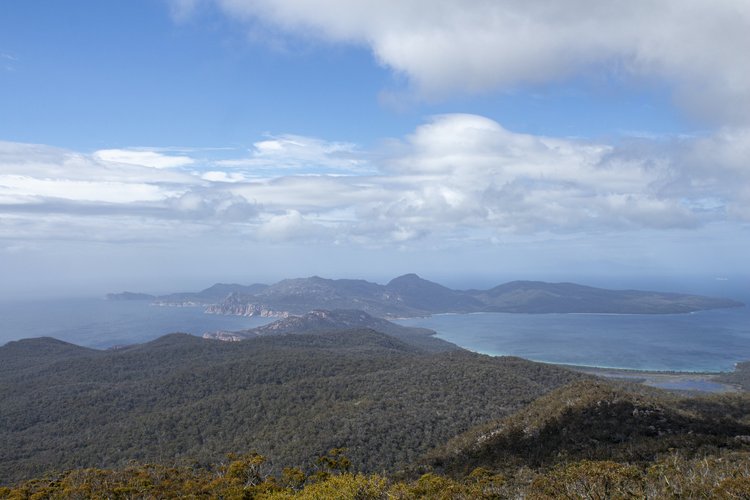
Wildlife in Freycinet National Park
There’s an abundance of wildlife in Tasmania and Freycinet National Park is one of the best places on the island for nature lovers. In fact, Freycinet is home to 49 species of animal that can only be found in Tasmania.
Mammals such as Bennett’s wallabies, red-necked wallabies, eastern quolls, pademelons, and echidnas are often seen on land, while fur seals, whales and dolphins can regularly be spotted in the sea. Turn your eye to the sky for a chance to see white-bellied sea eagles or an Australasian gannet. The iconic Tasmanian Devil can be seen in the park, but is harder to find as numbers are declining.
Most whale-watching cruises depart from Great Oyster Bay and offer the chance to see whales up close. For the best chance to see Humpback Whales or Southern Right Whales (the most common visitors), time your visit between May to July and September to November, when they migrate up and down Tasmania’s east coast.
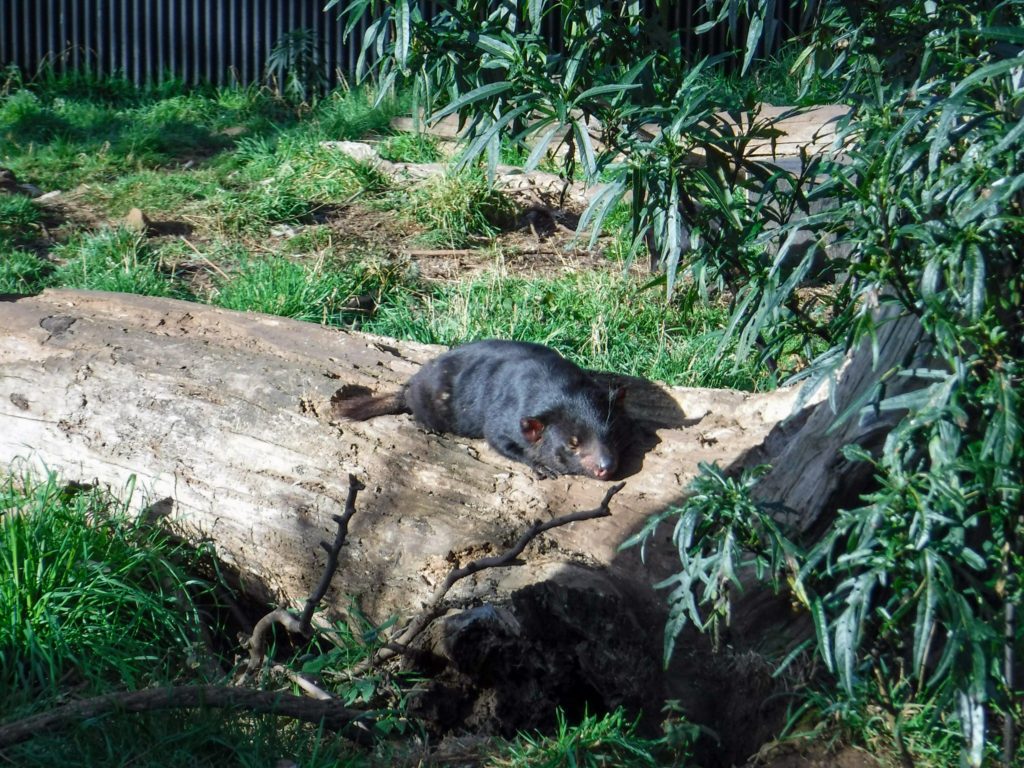
How much does it cost to visit Freycinet National Park?
You need to pay for a park pass to enter national parks in Tasmania. Prices are as follows:
Daily Pass – up to 24 hours, excludes Cradle Mountain
Per vehicle (up to 8 people): $41.20
Per person (under 5 years no charge): $20.60
Icon Daily Pass – Cradle Mountain only (includes shuttle service)
Adults (18 years and over): $25.75
Children (5-17 years, under 5 years no charge): $10.30
Family (2 adults, 3 children): $61.80
Holiday Passes – up to 2 months (includes Cradle Mountain)
Per vehicle (up to 8 people): $82.40
Per person (under 5 years no charge): $41.20
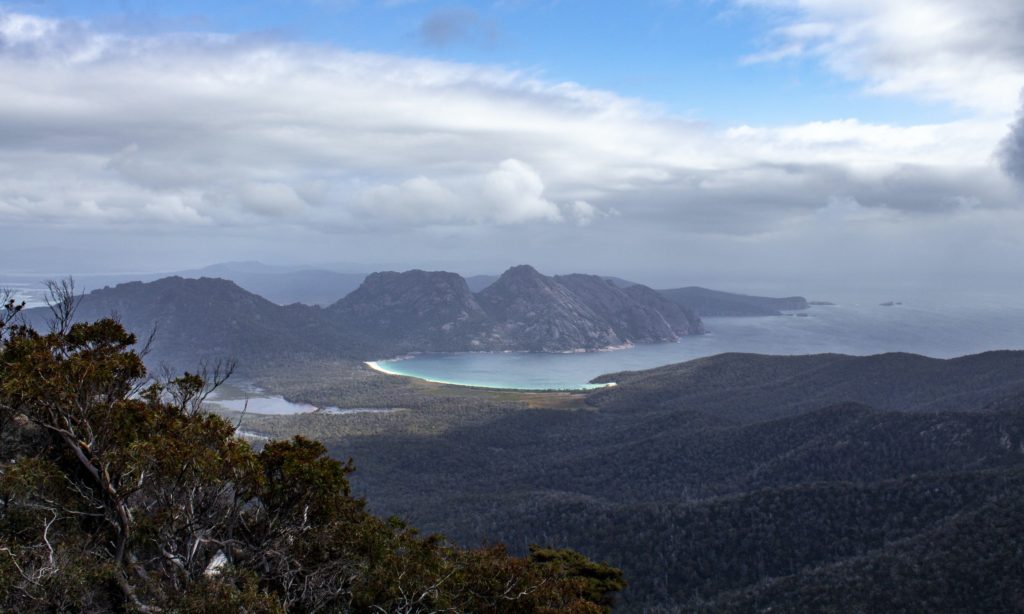
Can you stay in Freycinet National Park?
Freycinet National Park Accommodation ranges from basic camping to luxury eco-retreats, and is mainly located in Coles Bay. The nearby coastal towns of Swanick, Swansea and Bicheno also have a range of places to stay.
Here are our top pick of hotels in Freycinet National Park:
Holiday park with affordable cabins: BIG4 Iluka on Freycinet
Upmarket hotel with great views: Edge of the Bay Resort
Upscale hotel with secluded cabins: Freycinet Lodge
Luxury hotel with private villas: Freycinet Resort
Here are our top pick of self-contained holiday homes in Freycinet National Park:
Three bedroom holiday home: Mountain View
Three bedroom holiday home: Blue Gum Retreat
Two bedroom holiday home: Rest Point
Looking for transport and accommodation all rolled into one? Check out Spaceship’s compact camper-cars! They’re the small, budget-friendly version of a camper-van and, in our opinion, the best way to travel Tasmania. You can read more about our experience with them here.
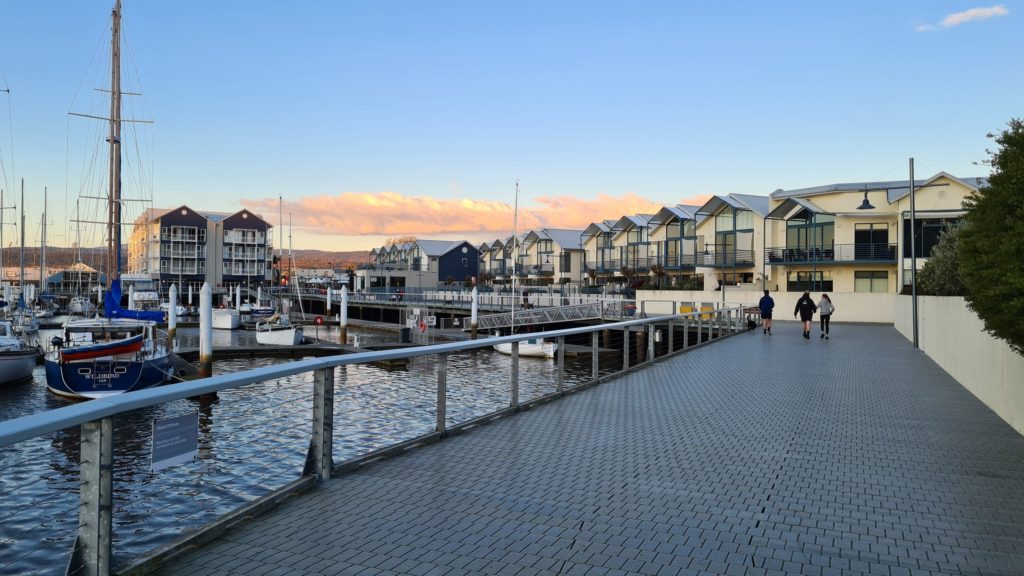
Freycinet National Park Camping
One of the best ways to experience Freycinet National Park is to camp, and the park offers a great range of camping spots for tents and campervans alike. Campsites can be found at Richardsons Beach, Honeymoon Bay and Ranger Creek.
Camping is extremely popular in summer and autumn so is allocated by ballot in early August to allocate sites for the summer season (December – February) and Easter. Outside the ballot season, campsites can be pre-booked through the visitor centre.
Campervans can book powered sites (campsites 1-18) which provide small (maximum 18ft) caravan and campervan spaces with power, potable water, grey water disposal and an amenities block with coin-operated hot water showers.
Tent-only sites include Sand Dune sites (campsites 19-45) and Honeymoon Bay sites (campsites 46-52). Each Sand Dune site has parking for one vehicle and is within easy reach of potable water, flushing toilets and cold water showers. Limited sites are available over winter. Honeymoon Bay sites overlook Honeymoon Bay and are only open over summer holidays and at Easter. They require a bit of a walk to the amenities, where you’ll find electric barbecues, picnic tables, non-treated water and toilets.
For overnight walkers there are small campsites at Wineglass Bay, Hazards beach and Cooks beach.
At Friendly Beaches basic camping is available at Isaacs Point on a first-in, first-served basis, with a range of sites suitable for tents, campervans and caravans.
BIG4 Iluka Freycinet Holiday Park offers powered and unpowered caravan, motorhome and tent sites, access to a restaurant, lounge with a pool table, children’s playground, BBQ area and laundry facilities, as well as complimentary parking.
Freycinet Paintball & Campground features low-cost camping for caravans, motorhomes, tents, rooftop and camping trailers, as well as a toilet and coin operated shower.
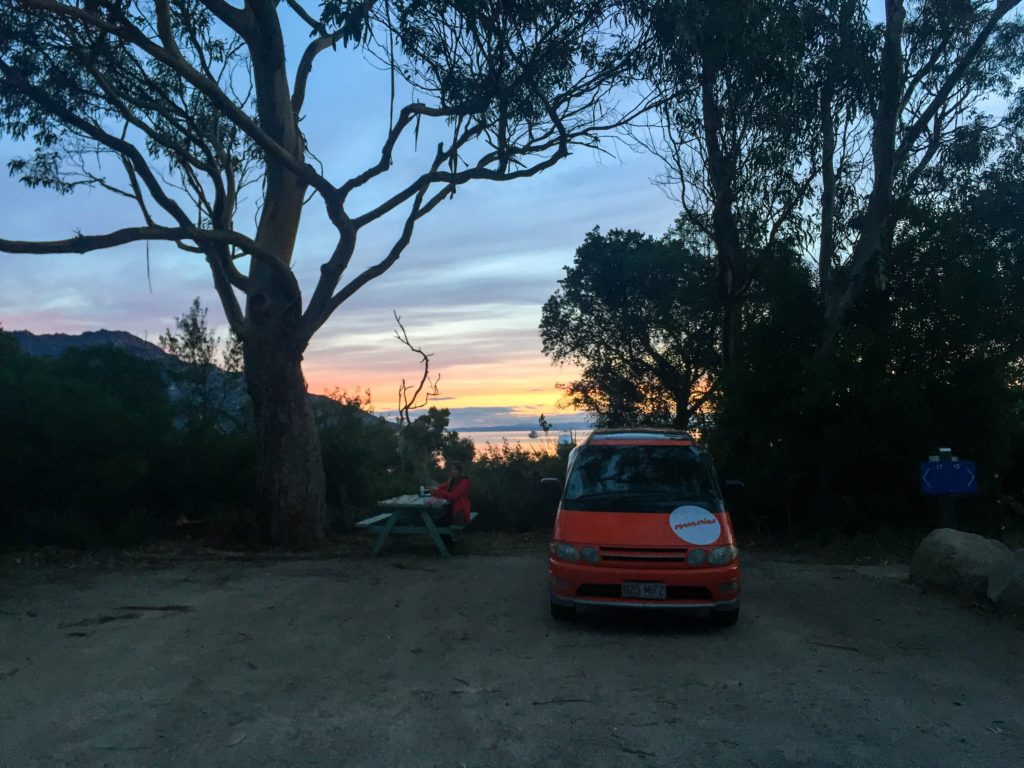
Food and drink in Freycinet National Park
If you’re camping, stop off in Coles Bay to stock up on food and water supplies from the convenience store or Iluka General store.
There’s an abundance of local delicacies to try. Choose from 40 flavours of Tasmanian ice cream at The Ice Creamery or enjoy freshly harvested oysters, mussels and local rocklobster at Freycinet Marine Farm. Tombolo Freycinet – Devils Corner features signature wood fired pizzas, teamed up with delicious local wines.
For a sit-down meal, try Iluka Tavern and Bistro for casual dining or Richardson’s Bistro & The Bay Restaurant at the Freycinet Lodge. Coffee lovers need to pop into Geographe Restaurant Espresso Bar and if you’re looking for the best place in town for fish and chips, it’s The Fishers Seafood.
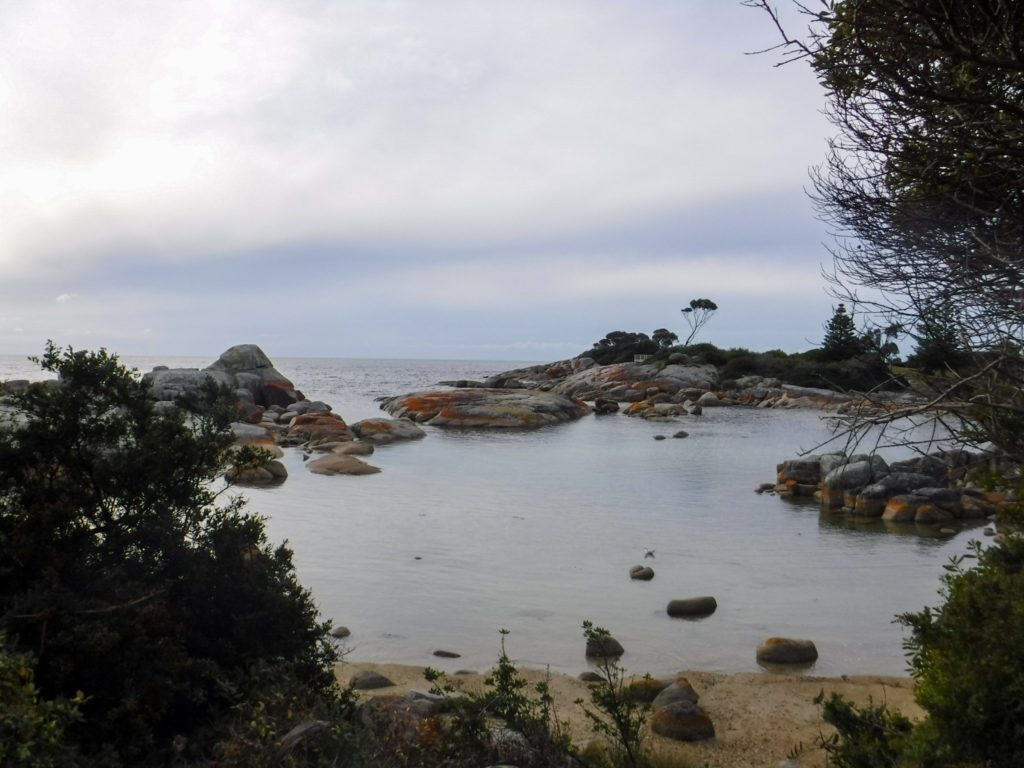
What to know before you go
- The park is a designated Fuel Stove Only area and campfires are not permitted.
- Drinking water is scarce in the National Park so make sure to refill your water bottles from the visitor centre’s filtered/chilled water station. Taps are also located at Honeymoon Bay and the Wineglass Bay Walking Tracks Car Park.
- Electric barbecues, picnic tables and toilets are located at Honeymoon Bay and the Ranger Creek day use area. Toilets are also available at the Walking Tracks Car Park. The Richardsons Beach Campground (adjacent to the visitor centre) has accessible toilets, and accessible powered and unpowered sites.
- Drones are not permitted to be used within Tasmanian national parks or reserves.
- Freycinet National Park walks are often on steep granite and loose gravel surfaces so hikers are advised to wear sturdy footwear and pack accordingly.
- Drive cautiously at dusk to dawn as this is when wildlife is most active. It is recommended that you do not exceed 60 km/h and that you avoid driving at night. All roads to Freycinet are sealed, so a 4WD is not needed.
Read next:
The Best things to do in Tasmania
Camping in a Compact Camper-Car in Australia
The Thorough Guide to Kangaroo Island’s Flinders Chase National Park
Where to see Wildlife on Australia’s Kangaroo Island
Everything you need to know about Swimming with Wild Dolphins on Australia’s Kangaroo Island
Check us out on social media!
